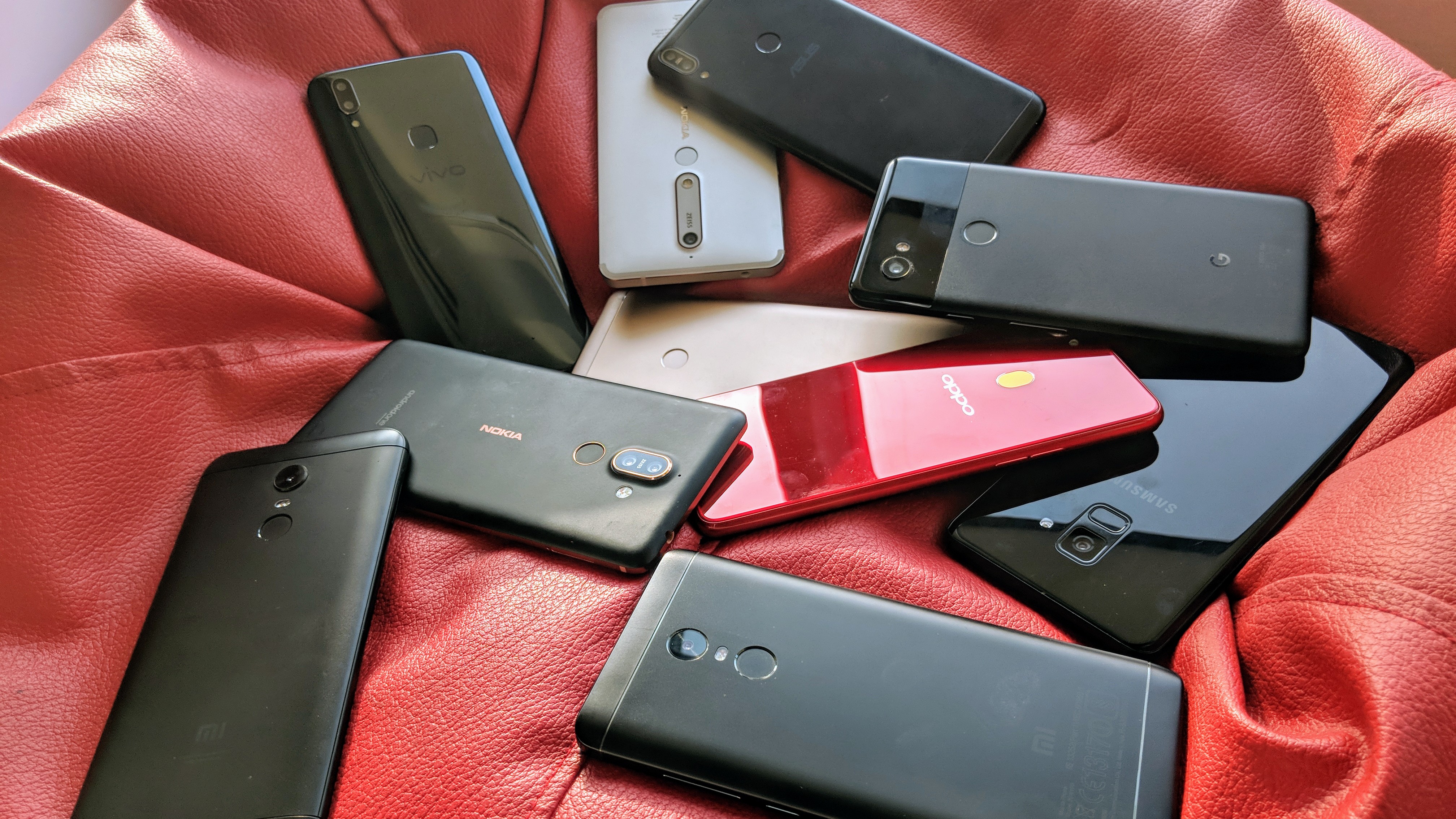Smartphone sales see surprise rise
Global sales increase for first time since Q1 2018

The smartphone market has surprisingly returned to growth for the first time since the first quarter of 2018, according to new figures from IHS Markit, with beleaguered Huawei and a resurgent Samsung the chief contributors.
After years of expansion, smartphone manufacturers have had to contend with shrinking shipments caused by rising prices, lengthening lifespan of devices, and market saturation. There have also been concerns that the pace of innovation has slowed significantly, meaning many users are happy to stick with their current device.
The arrival of new form factors and 5G is expected to provide an uplift over the coming years, but it appears as though some vendors are feeling the benefit already.
- 5G to aid smartphone market
- What is 5G? Everything you need to know
- Huawei phone sales rise despite ban
Smartphone market growth
IHS recorded that Samsung is still the world’s largest smartphone manufacturer, shipping 78 million units during the period – a year-on-year increase of 10 per cent – and increasing its market share by 2 percentage points to 2 per cent.
The Korean manufacturer’s share had fallen due to intense competition from Chinese vendors, but a refreshed mid-range Galaxy A series and increased volumes of devices from outsourcers has helped improve matters.
Huawei has endured a difficult year thanks to a ban on sourcing components from the US, but a renewed focus on the domestic market has seen shipments surge by 14.8 million units to 66.8 million – a huge increase of 28 per cent. This is the most devices the company has ever shipped over a three month period.
Analysts say activities in Western Europe will likely centre on current models that are still able to use Google services and that sanctions could eventually have an impact.
Sign up to the TechRadar Pro newsletter to get all the top news, opinion, features and guidance your business needs to succeed!
“Huawei’s strong home-field performance more than compensated for its overseas sales, which fell due to US sanctions,” said Jusy Hong, research and analysis director for IHS Markit. “[But] Huawei is prohibited from including Google Mobile Services on new smartphones going forward. The launch of the Mate 30 series was the first sign of Huawei devices without Google services. Huawei will face increasing difficulties in some markets if its new smartphone models cannot include Google services.”
Apple is still the world’s third largest smartphone manufacturer, shipping 45.9 units, a decline of 2.1 per cent. However market share rose by 2 points to 13 per cent and sales are expected to rise thanks to competitive pricing of the iPhone 11 and reductions to older models. Apple’s strategy has shifted in recent years, with the emphasis of increasing the user base for its music, gaming, news and television services.
Xiaomi, Oppo, and Vivo struggled during the period due to Huawei’s aggressive pursuit of the Chinese market and are looking beyond their homeland to find growth. India has emerged as a main battleground.
- Here are the best deals for Huawei mobile phones in October 2019
Steve McCaskill is TechRadar Pro's resident mobile industry expert, covering all aspects of the UK and global news, from operators to service providers and everything in between. He is a former editor of Silicon UK and journalist with over a decade's experience in the technology industry, writing about technology, in particular, telecoms, mobile and sports tech, sports, video games and media.